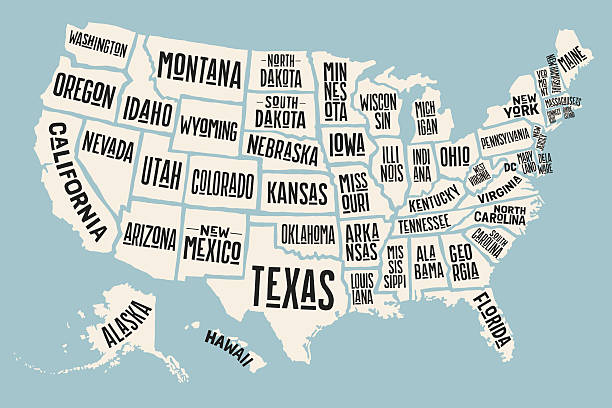All Applicable Large Employers [ALEs] are subject to the ACA’s employer shared responsibility [ESR] provisions. They must report on ACA compliance to the IRS.
Below is an explanation of how to calculate ALE status. If in any doubt, please contact BENEFITSCAPE, the leading specialist in ACA compliance. It provides an ALE calculation service and can answer any other questions you may have on ACA reporting & compliance for TY23.
ALE DEFINITION:
» ALEs are employers with 50 or more Full-Time Employees.
» Full-time = an employee with at least 30 hours of service a week. For this purpose, 130 hours of service in a month is treated as equivalent to at least 30 hours a week.
NOTE: Controlled Group Rules apply to this threshold of 50 Full-Time Employees. So multiple EINs [Employer Identification Numbers] of any size belonging to one Controlled Group [under Section 414 of the Inland Revenue Code] qualify as an Aggregated ALE and are therefore subject to ACA reporting & compliance. All individual EINs within a Controlled Group must file their own ACA reporting to the IRS. Again, if in any doubt, don’t hesitate to contact BENEFITSCAPE.
MERGERS & ACQUISITIONS: The IRS has offered limited official guidance to date on determining ALE status following a merger or acquisition. Employers with questions in this area should contact BENEFITSCAPE.
ALE STATUS FOR TY23 IS BASED ON 2022:
For ALE purposes, your number of Full-Time Employees is based on an average for the preceding calendar year, even for non-calendar Health Plans. In other words, ALE status for TY23 is based on this average number of Full-Time Employees in 2022. And this number needs to include part-time hours of service converted to Full-Time Equivalents [FTEs].
NOTE: An employer does NOT need to include the hours of service of leased employees, sole proprietors, partners, 2-percent S corporation shareholders, and workers described in Inland Revenue Code section 3508 [Real estate agents and certain sales people] when determining its ALE status as those individuals do not count as employees for ACA purposes.
CALCULATING FTEs:
To determine the number of FTEs for a calendar month, all the hours of service accumulated by employees who are NOT full-time are added together. But never more than 120 hours for any single employee should be counted.
This total is then divided by 120 to give you that month’s FTE number, rounded to the nearest hundredth. For example, 10.248 would be rounded to 10.25 FTEs or 10.243 would be rounded to 10.24 FTEs.
CALCULATING THE FINAL ALE NUMBER:
The number of FTEs each month is added to the number of Full-Time Employees. All 12 months are then added together and divided by 12 and rounded down to the nearest whole number. [For example, 49.999 would be rounded down to 49 Full-Time Employees.]
This is your number of Full-Time Employees to calculate ALE status.
NOTE: SEASONAL WORKERS
Seasonal workers MUST be included within your monthly calculations unless:
You don’t exceed 50 Full-Time Employees (including FTEs) for more than 120 days, and provided the employees taking you over that limit are indeed seasonal workers.
Correct ALE calculation is critical to avoiding potentially large IRS penalties for ACA non-compliance. BENEFITSCAPE is the leading specialists in ACA compliance for employers of all sizes, on all HCMs, and in all sectors. Do not hesitate to contact BENEFITSCAPE at+1-508-655-3307 or info@benefitscape.com if you have questions about ALE status or on any other aspect of ACA reporting & compliance.
This post was prepared with additional input by Richard A. Szczebak of RAS Law. It has been prepared as a general overview of the subject matter covered. It is not intended to provide, and should not be taken as, legal or compliance advice on any specific matter.


